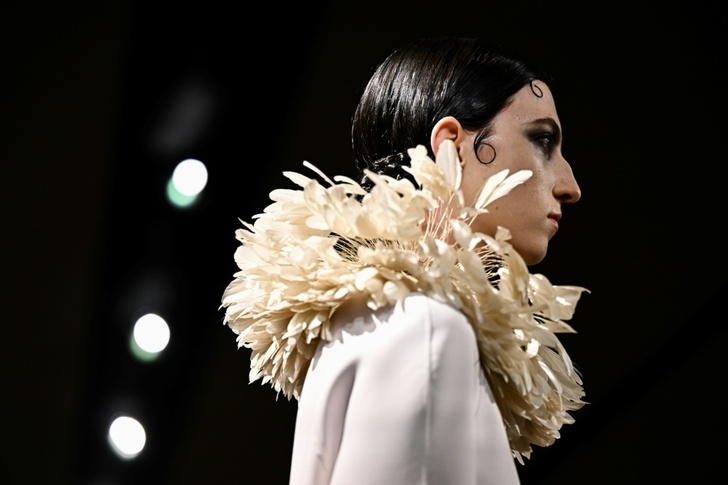From cabaret feathers to sleek suits and velvet robes, Dior celebrated Josephine Baker and the wild freedom of the Roaring Twenties in a celeb-packed show on Monday to kickstart haute couture week in Paris.
A parade of stars were in the front row, including Anya Taylor-Joy, Kirsten Dunst, Rosamund Pike and K-Pop's Jisoo, to see Chiuru's homage to the American icon who made Paris her home and recently became the first woman of colour to gain a place in the Pantheon, where French greats are buried.
Singer, dancer, activist and member of the French Resistance, "Baker was a great artist... who used her clothes to establish herself and her position," Maria Grazia Chiuri, head designer for Dior womenswear, told AFP ahead of the show.

Baker came to Paris in 1925 to perform in the Revue Negre at the Champs-Elysees Theatre where she was expected to play up to the racial stereotypes of the day.
But rapid success freed her to radically change her look, becoming an Art Deco style icon and later embracing modern suits.
Chiuri's collection paid tribute to each of her manifestations, with feathers and silver fringes evoking her cabaret day, through the flowing sleek suits of her later style, and the more masculine suits evoking her swinging sexuality.

"The images of her in uniform are extraordinary. She had an incredible awareness of what she could do with her notoriety, how to put it to the benefit of other women," said Chiuri.
The collection also took inspiration from one of Baker's contemporaries, and another friend of Dior, actor Marlene Dietrich.

The Roaring Twenties was "a particular historical moment," she added. "Especially in Paris where women had a great deal of freedom, silhouettes were simplified, corsets disappeared. Their way of dressing was comfortable while remaining feminine and very glamorous."
neo/er/cw
© Agence France-Presse
Your content is great. However, if any of the content contained herein violates any rights of yours, including those of copyright, please contact us immediately by e-mail at media[@]kissrpr.com.
Source: Story.KISSPR.com

